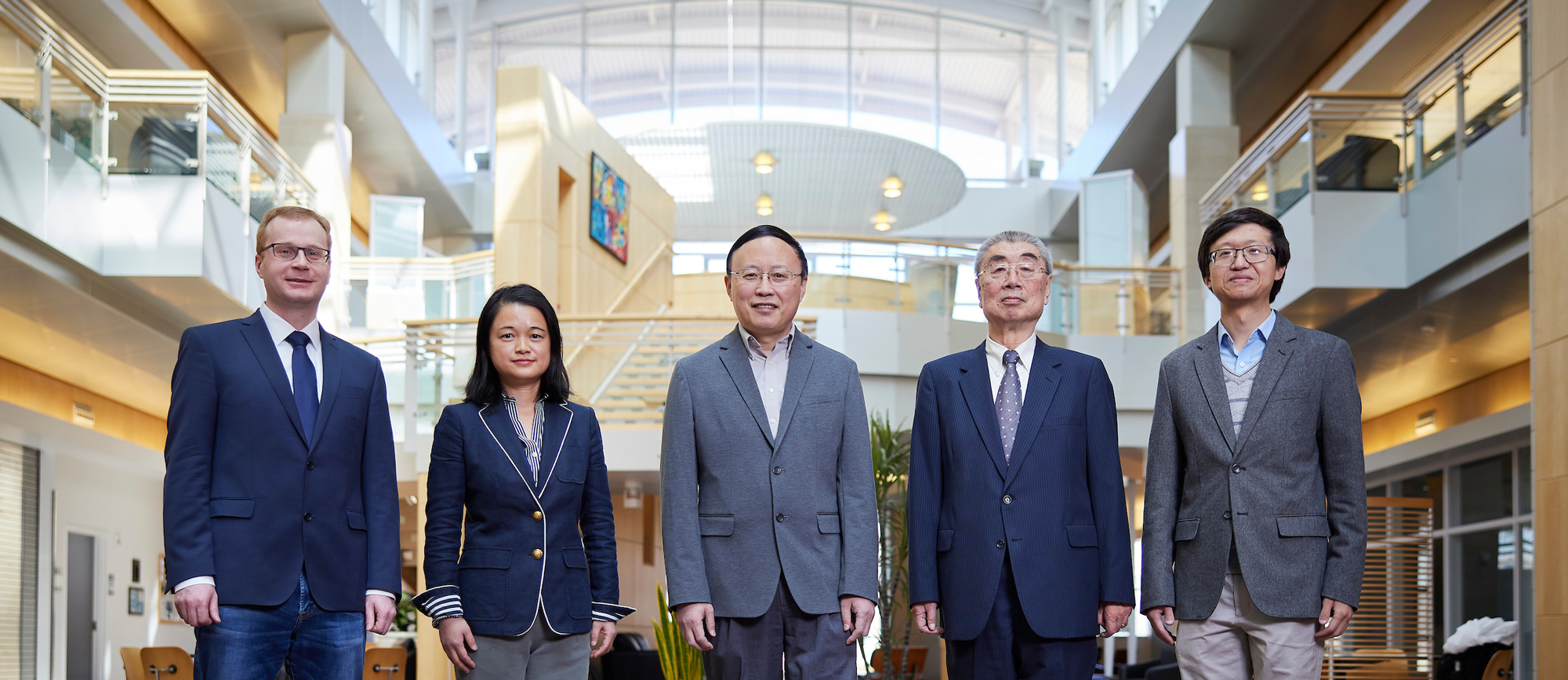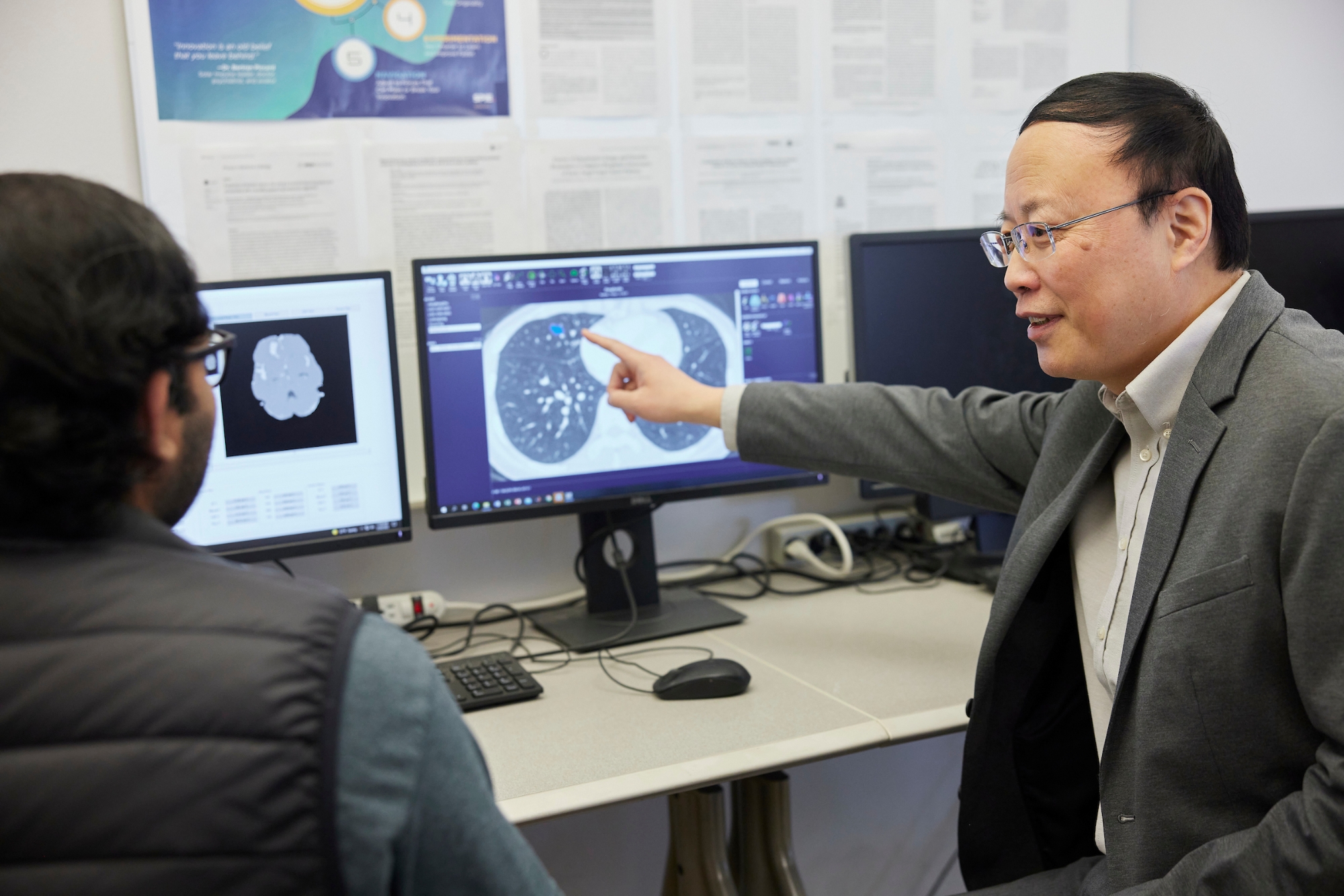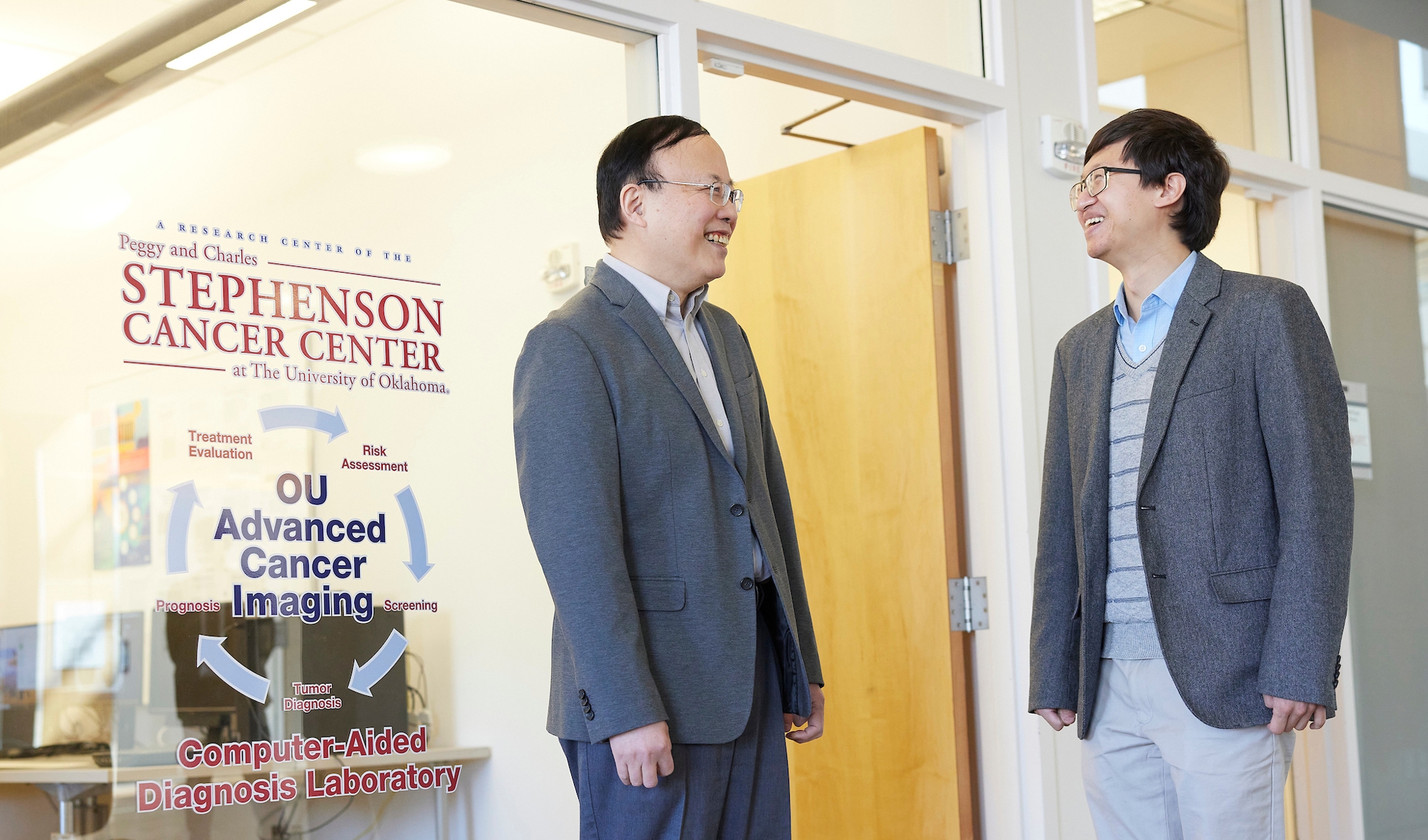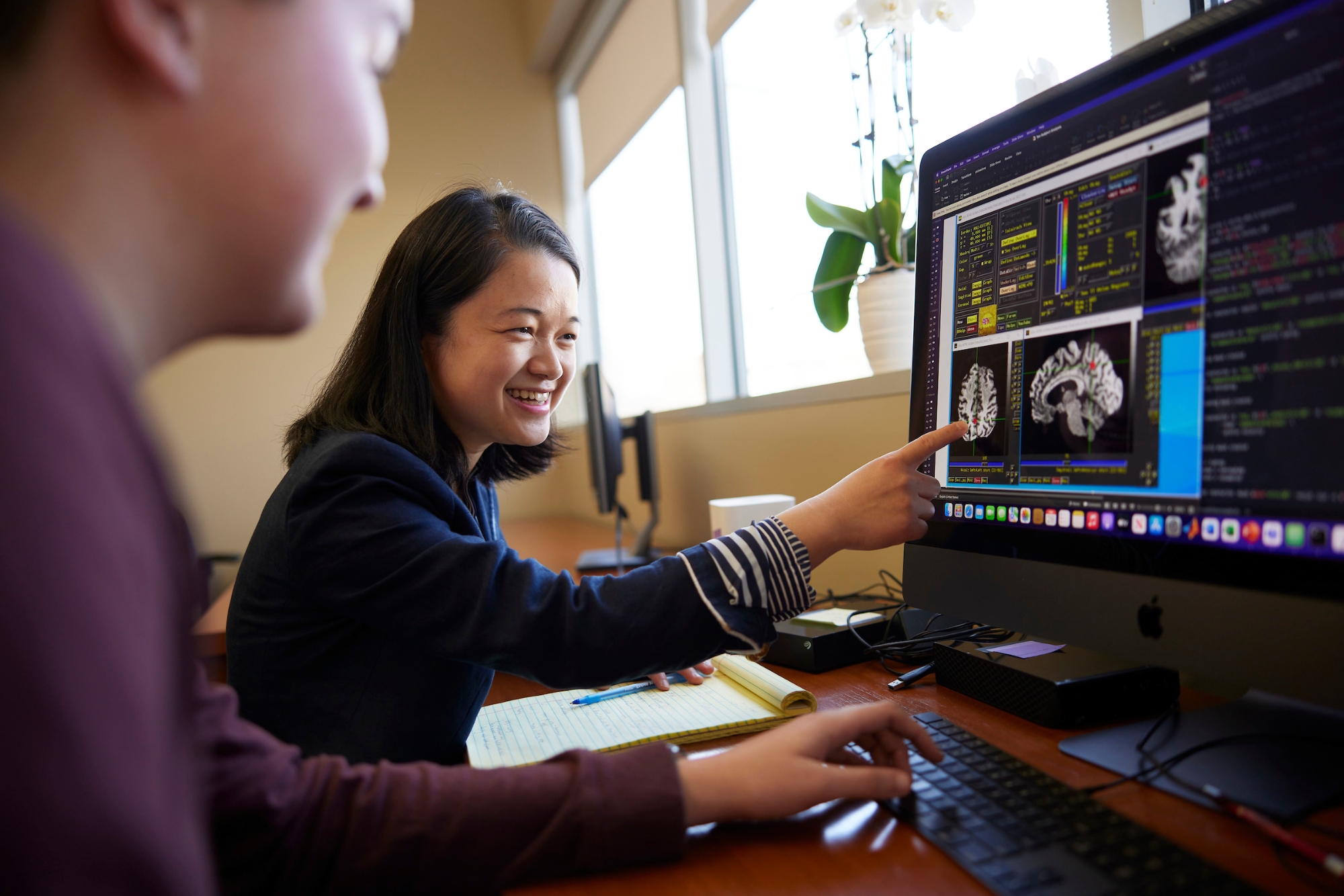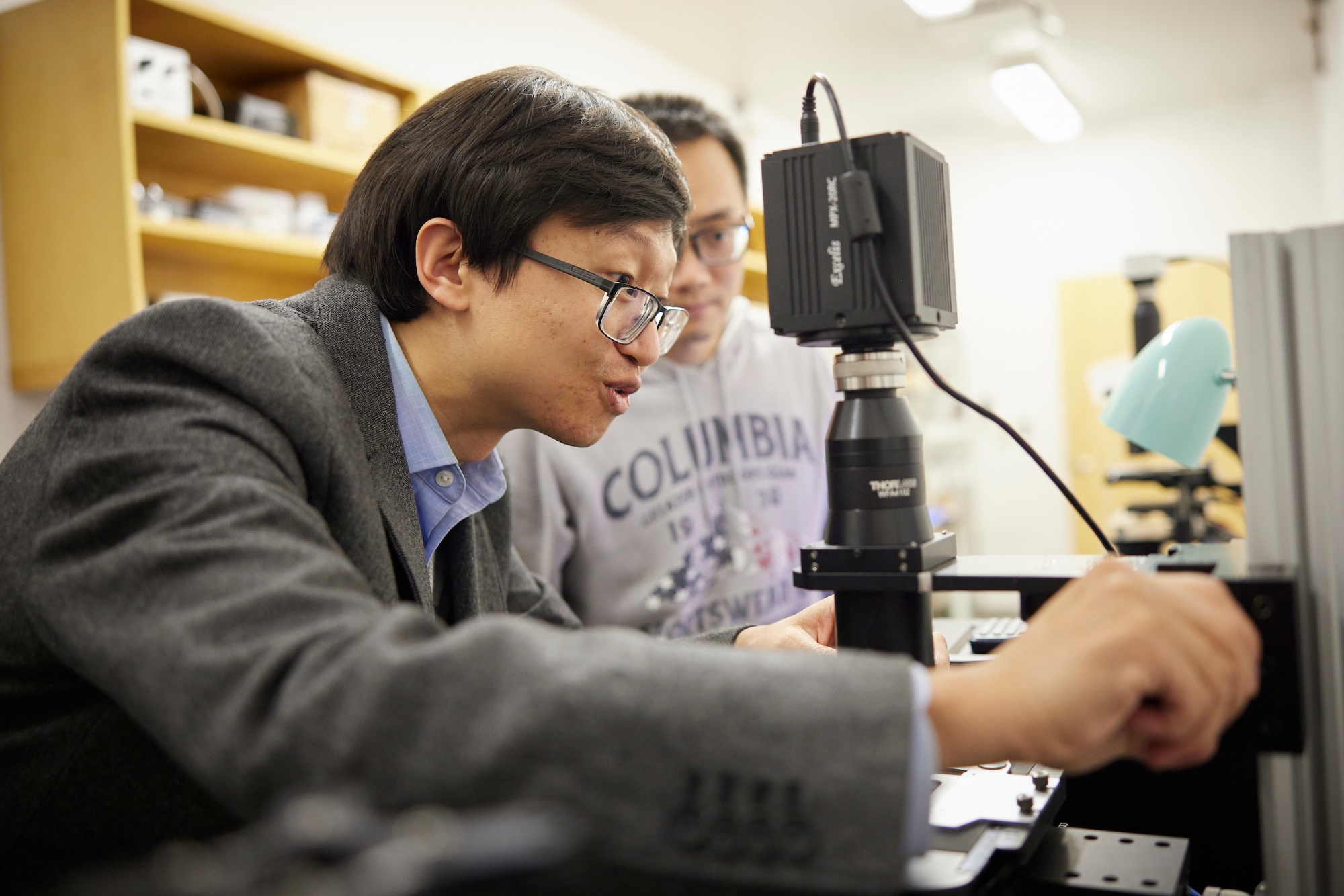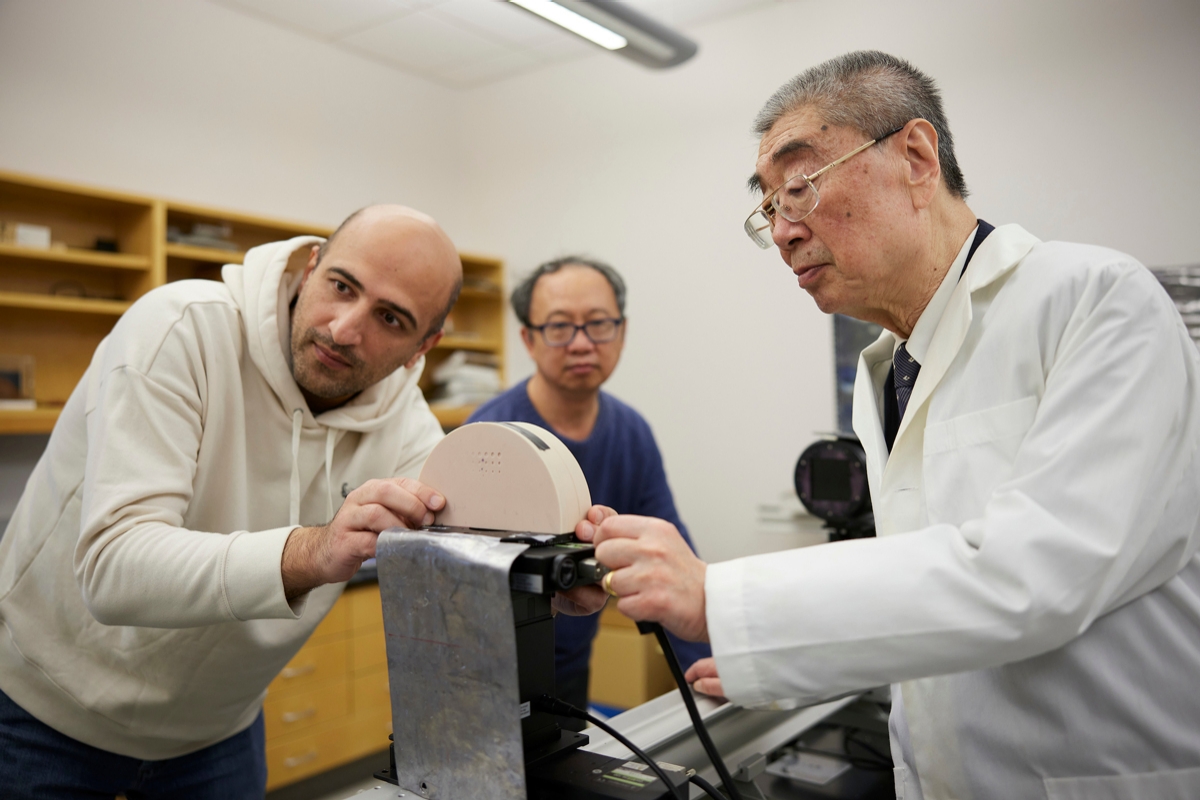Medical Imaging Technology Development Core: Directed by Hong Liu, a Charles and Jean Smith Chair and professor in the School of Electrical and Computer Engineering, Gallogly College of Engineering. The objective of this core is to implement an interdisciplinary management plan to build the optimal infrastructure to support translational medical imaging related cancer research. In addition to integrating the existing medical imaging equipment and resources from five electrical and computer engineering laboratories, the core will also involve new research and development tasks including to design and develop a series of investigative imaging tools and testbeds to provide researchers with fast and cost-effective methods to test concepts and hypotheses, and to build an integrated computer network and provide new computer-aided quantitative image feature analysis schemes and software to support researchers in conducting large data and deep transfer learning-based image informatics studies.
The research and service activities will be guided and supported by an advisory committee with broad expertise in development and use of medical imaging technologies. Currently the advisory committee includes three members from OUHSC: Salahuddin Ahmad, Ph.D., professor and director of medical physics residency in the Department of Radiation Oncology; Dee Wu, Ph.D., associate professor and the chief of technology applications and translational research in the Department of Radiological Sciences, and Theresa Thai, M.D., an assistant professor and assistant vice chair of clinical services in the Department of Radiological Sciences.
Clinical Imaging and Data Resource Core: Kathleen Moore, M.D., an associate professor of gynecology oncology and associate director for clinical research in the Stephenson Cancer Center of OUHSC, is the director. The objective of this core is to provide researchers with both regulatory and scientific support to facilitate their effort to conduct medical imaging related translational cancer research projects. The core operation includes ensuring that researchers fully understand all NIH policies and regulations for protection of human subjects and welfare of vertebrate animals, certifying that study protocols for both retrospective and prospective studies are fully compliant with all NIH-mandated regulatory requirements, assisting with the IRB and IACUC protocol application writing and submission, providing biostatistics support to confirm that experiments are designed with appropriate statistical power and the proper statistical data analysis methods are used, and establishing a unique platform that can provide researchers with the shared databases allowing access to the linked annotated medical images, biospecimens and clinical data necessary to facilitate progress of research projects.
The core also has an advisory committee with four members including Anthony Alleman, M.D., a Bob G. Eaton Chair in the Department of Radiological Sciences, Michael Talbert, M.D., a Lloyd E. Rader Professor and chairman of the Department of Pathology, Sara K. Vesely, Ph.D., a David Ross Boyd Professor of Biostatistics and an associate dean of academic affairs for biostatistics and epidemiology, and Joel Guthridge, Ph.D., a scientific director of the CAP-certified biorepository at the Oklahoma Medical Research Foundation.

